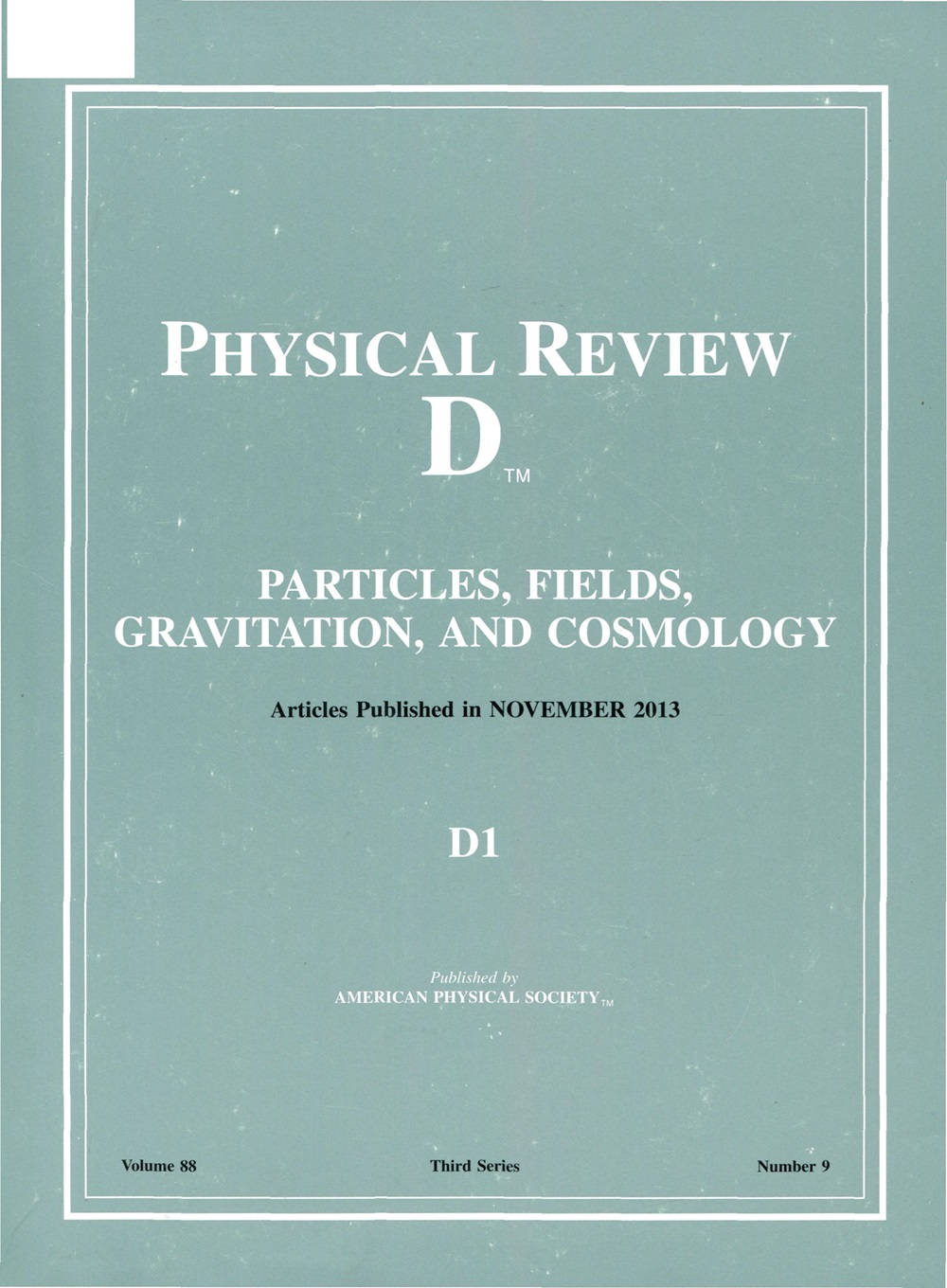Singular value decomposition and its blind spot for quantum chaos in non-Hermitian Sachdev-Ye-Kitaev models
IF 5
2区 物理与天体物理
Q1 Physics and Astronomy
引用次数: 0
Abstract
The study of chaos and complexity in non-Hermitian quantum systems poses significant challenges due to the emergence of complex eigenvalues in their spectra. Recently, the singular value decomposition (SVD) method was proposed to address these challenges. In this work, we identify two critical shortcomings of the SVD approach when analyzing Krylov complexity and spectral statistics in non-Hermitian settings. First, we show that SVD fails to reproduce conventional eigenvalue statistics in the Hermitian limit for systems with nonpositive definite spectra, as exemplified by a variant of the Sachdev-Ye-Kitaev (SYK) model. Second, and more fundamentally, Krylov complexity and spectral statistics derived via SVD cannot distinguish chaotic from integrable non-Hermitian dynamics, leading to results that conflict with complex spacing ratio analysis. Our findings reveal that SVD is inadequate for probing quantum chaos in non-Hermitian systems, and we advocate employing more robust methods, such as the bi-Lanczos algorithm, for future research in this direction.非厄米Sachdev-Ye-Kitaev模型中量子混沌的奇异值分解及其盲点
由于在非厄米量子系统的光谱中出现了复特征值,对其混沌和复杂性的研究提出了重大的挑战。近年来,奇异值分解(SVD)方法被提出来解决这些问题。在这项工作中,我们确定了SVD方法在分析非厄米设置下的克里洛夫复杂度和谱统计时的两个关键缺点。首先,我们用Sachdev-Ye-Kitaev (SYK)模型的一个变体证明了SVD不能在厄米极限下再现具有非正定谱的系统的传统特征值统计量。其次,更根本的是,通过SVD导出的Krylov复杂度和谱统计量无法区分混沌和可积的非厄米动力学,导致结果与复间距比分析相冲突。我们的研究结果表明,SVD不足以探测非厄米系统中的量子混沌,我们主张采用更鲁棒的方法,如bi-Lanczos算法,用于该方向的未来研究。2025年由美国物理学会出版
本文章由计算机程序翻译,如有差异,请以英文原文为准。
求助全文
约1分钟内获得全文
求助全文
来源期刊

Physical Review D
物理-天文与天体物理
CiteScore
9.20
自引率
36.00%
发文量
0
审稿时长
2 months
期刊介绍:
Physical Review D (PRD) is a leading journal in elementary particle physics, field theory, gravitation, and cosmology and is one of the top-cited journals in high-energy physics.
PRD covers experimental and theoretical results in all aspects of particle physics, field theory, gravitation and cosmology, including:
Particle physics experiments,
Electroweak interactions,
Strong interactions,
Lattice field theories, lattice QCD,
Beyond the standard model physics,
Phenomenological aspects of field theory, general methods,
Gravity, cosmology, cosmic rays,
Astrophysics and astroparticle physics,
General relativity,
Formal aspects of field theory, field theory in curved space,
String theory, quantum gravity, gauge/gravity duality.
 求助内容:
求助内容: 应助结果提醒方式:
应助结果提醒方式:


